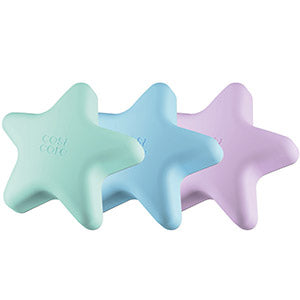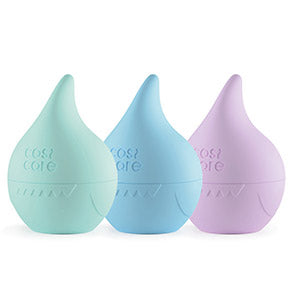Decoding Dyshidrotic Eczema: Blisters, Triggers, and Triumphs!
Understanding Dysphoric Eczema: Causes, Symptoms, and Treatment
Eczema is a commonly discussed topic in skincare circles. However, there are different types of eczema, each with its unique characteristics. Among these, a lesser-known but equally vital type is dysphoric eczema. Dive into this article to uncover the intricacies of dysphoric eczema and enhance your understanding of skin health.
What is Dysphoric Eczema?
At its core, dysphoric eczema, sometimes referred to as 'pompholyx' or 'dyshidrotic eczema', is a type of eczema that primarily affects the hands and feet. It's characterized by small, intensely itchy blisters. But what sets dysphoric eczema apart from other forms?

Symptoms of Dysphoric Eczema
Understanding the symptoms can help in early diagnosis and treatment:
1. Small Blisters: Often filled with fluid, these blisters usually appear on the edges of fingers, toes, palms, and soles of the feet.
2. Intense Itching: Before the appearance of the blisters, itching is usually the first sign. Once the blisters dry out, the skin might become scaly and can crack.
3. Pain: Some people experience pain, especially when the blisters become large.
4. Sweating in Affected Areas: The skin around the blisters can be sweaty.
Causes and Triggers
1. Metals, especially:
- Nickel: Found in jewelry, keys, coins, and some foods.
- Cobalt: Found in metal objects and some hair dyes.
- Chromium: Found in cement, leather, and some matches.
2. Stress: Both emotional and physical stress can lead to flare-ups for many individuals.
3. Excessive Sweating: Those who sweat profusely might be more prone to this type of eczema, as moisture can exacerbate the condition.
4. Soaps, Detergents, and Cleaning Agents: Harsh chemicals can irritate the skin and trigger eczema. This is especially true if hands are frequently exposed to these substances without protection.
5. Fungal Infections: Infections, especially on the feet, can lead to or aggravate the condition.
6. Perfumes and Fragrances: Many skincare and beauty products contain fragrances that can irritate sensitive skin.
7. Water: Prolonged exposure to water, especially hot water, can strip the skin of its natural oils, leading to dryness and potential flare-ups.
8. Certain Fabrics: Synthetic fabrics or tight-fitting clothes can exacerbate eczema in some people.
9. Changes in Temperature or Humidity: Sudden temperature changes or very dry/humid environments can trigger the condition.
10. Allergens: Pollen, pet dander, or even certain foods can trigger eczema in some people.
11. Latex: Found in some gloves and condoms, latex can be an irritant.
Managing and Treating Dysphoric Eczema
Recognizing the condition early and seeking professional advice can help manage its symptoms effectively:
1. Moisturizers and Emollients: Keeping the skin hydrated can prevent dryness and cracking.
2. Topical Steroids: These help in reducing inflammation and are often prescribed by dermatologists.
3. Cold Compress: Applying a cold compress can reduce itching and pain. The Scratch Star and Scratch Attack Roller are perfect hygienic options for this.
4. Avoid Triggers: If you've identified specific triggers, such as certain metals or excessive water exposure, steer clear from them.
5. Antihistamines: They can help in managing itching, especially during nighttime.
6. PUVA Therapy: A specialized treatment where the skin is exposed to UVA light after being treated with a drug called psoralen.
Conclusion
Dysphoric eczema, though lesser-known, is a condition that affects many. By recognizing its symptoms and triggers, we can seek timely treatment and better manage its flare-ups. As with any skin condition, it's essential to consult with a dermatologist to ensure accurate diagnosis and treatment.


